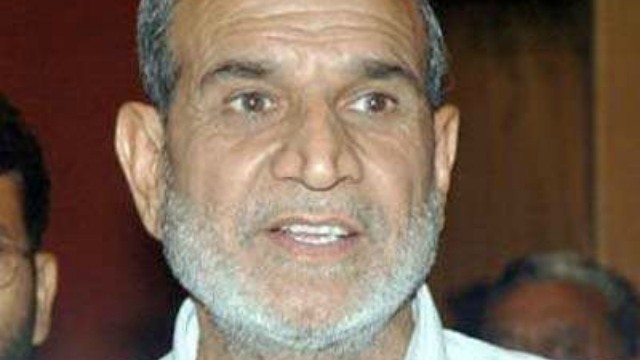
A bench comprising Justice Murlidhar and Justice Vinod Goel of the Delhi High Court convicted former Congress leader Sajjan Kumar of criminal conspiracy read with murder, destroying a place of worship, promoting enmity between different groups on grounds of religion and doing acts prejudicial to maintenance of harmony.
We wonder, why it took more than three decades for a powerful leader to be convicted and what changed. A close reading of the Delhi High Court judgment will reveal the trauma, horror and eventual cover up by the Delhi Police. The Delhi High Court judgment also elaborates how a powerful political clout ensured that Sajjan Kumar continue to evade the process of law.
Throughout the judgment, the court records how the massacre was pre-planned and executed with the connivance of the police. At the heart of the judgment is the humane and sensitive interpretation of laws around evidence and witness credibility. The court takes into account the intimidating atmosphere under which the witnesses deposed without any state protection.
Many argue that the witnesses never spoke or took the name of Sajjan Kumar earlier. The Delhi High Court records that the witnesses were never heard before properly. Their statements were shoddily translated, which led the trial court to give benefit of doubt to Sajjan Kumar. One must mention the crucial testimony of Jagdish Kaur and Jagsher Singh whose clinching statements nailed Sajjan Kumar. These eye-witness testimonies reveal how the riots weren’t sporadic in nature but rather well orchestrated.
Both Jagdish Kaur and Jagsher Singh have narrated the incidents of November 1 and November 2, 1984. Jagsher Singh records that in the evening of November 1, 1984, at around 10pm, he saw an Ambassador car which stopped at the turning onto Shiv Mandir Marg. He stated that 30-40 persons gathered around the car from which Sajjan Kumar emerged who enquired as to whether “they have done the work”. Thereafter, it is stated, that Sajjan Kumar approached the house of Jagsher Singh to inspect it and came back and told the assembled mob that they had “only broken the gate of the thekedars’ house”.
One of the members of the mob then allegedly informed Sajjan Kumar that “the thekedars are being saved by the Hindus only”. Upon hearing this, Sajjan Kumar is stated to have instructed the mob to burn the houses of the Hindus who were sheltering the Sikhs. He then left in his car. After Sajjan Kumar’s departure, the mob proceeded to loot and ransack the house of Singh and his brothers. They set fire to a motorcycle and a scooter and, ultimately, the house itself.
The second crucial witness, Jagdish Kaur, in her testimony records that at around 9am on November 2, 1984, when she went to lodge a report, she saw that a public meeting was taking place which was attended by Sajjan Kumar who was the local Member of Parliament. She heard him declare, “Sikh sala ek nahin bachna chahiye, jo Hindu bhai unko sharan deta hai, uska ghar bhi jala do aur unko bhi maro”. She stated that she also heard a police officer ask members of the mob ‘kitne murge bhun diye’.
It is these two crucial testimonies that form the heart of the allegations against Sajjan Kumar along with others. These testimonies have been intensely debated and questioned by the defence. One of the arguments that the defence of Sajjan Kumar had raised was that Jagdish Kaur never took his name before the Justice Ranganath Misra Commission (1985), which was set up by Rajiv Gandhi six months after the carnage. Hence, her testimony is unreliable. The trial court proceeded to give Sajjan Kumar the benefit of doubt, which has been overturned by the Delhi High Court.
Later, it was also argued that Jagdish Kaur’s testimony before the Nanavati Commission set up by the NDA government in May 2000 was evasive in respect of Sajjan Kumar. Kaur had argued that her statement was not properly translated. The Delhi High Court finds the testimony of Jagdish Kaur and Jagsher Singh credible and interprets the law in the light of recent Supreme Court judgments that pose heavy reliance on ensuring witness protection and conducive trial atmosphere. It also records that the initial statement of Kaur which mentioned Sajjan Kumar was conspicuously not made part of the police records.
The court also takes into account how the mobs had a list of Sikh houses and this couldn’t have been done without proper planning. Other witnesses also told the court that mobs which killed Sikhs and burned the houses raised similar slogans which Sajjan Kumar was seen raising. The Delhi High Court judgment is a verdict keeping the victim families’ agony, trauma in context and has interpreted laws in reality of the hostile atmosphere. The challenge by Sajjan Kumar at the Supreme Court will be a tough legal battle for him because the top court itself has repeatedly placed importance on conducive trial atmosphere and witness protection.


.jpeg)

